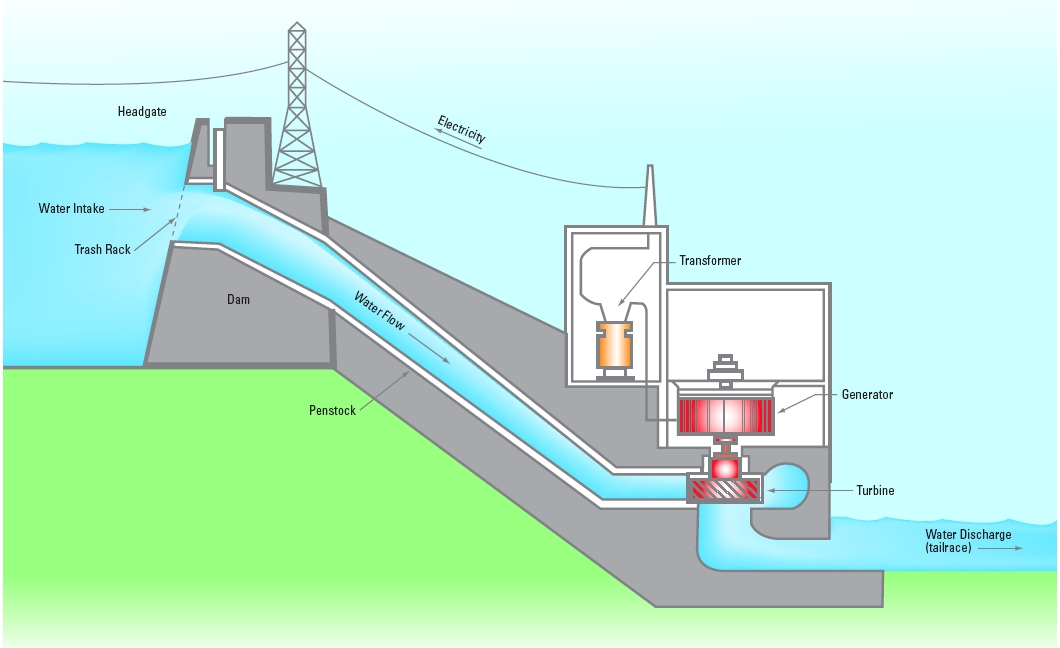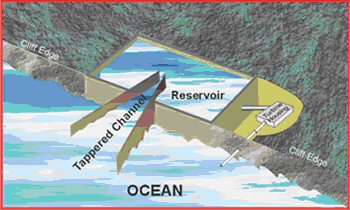
Hydropower is considered the "granddaddy of green energy" because of its long and distinguished history.3Hydropower's most common incarnation is the dam, which places an artificial obstruction in a flowing waterway to create the pressure that turns a turbine.
The first dam designed to produce electricity was built in Cragside, England in 1878. The United States soon followed suit, eventually experiencing a boom in dam construction in the 1930s and 1940s that produced the famous Hoover and Grand Coulee dams.
It has been the subject of fierce protests by those who fear the ecological and cultural damage it might wreak on an area of great historical and archeological significance to the indian people.
At the same time, it was acknowledged that the dam will be a necessary part of any strategy for powering India's rapid economic development. Currently, India depends overwhelmingly on electricity produced by coal.
While hydroelectric power will continue to be an important engine for growth, especially for large emerging economies like Brazil, China, and India, it will not be immune from controversy because of the complex impact of dams on local communities and the environment.

Tidal power, while very modest in penetration at the moment, has great potential for the future: "Tugged by lunar gravity and stirred by wind and currents, the oceans' tides and waves offer vast reserves of untapped power, promising more oomph than wind and greater dependability than solar power." While relatively undeveloped now, "Offshore wave and tidal power are where wind was 20 years ago, [and] they'll come of age faster."
Tidal power can be generated in two ways. The first, a method known as "ebb generation," uses a sluice gate to fill a basin when the tide is at its high mark. When the tide begins to ebb, a difference is created between the water levels inside and outside the basin. As water is released from the sluice, the flow is used to spin turbines and generate electricity.
A second method, known as tidal or wave farming, anchors turbines in the seabed and exploits underwater tidal currents. This method salvages a whole class of sites that were previously off-limits for electricity generation: "To draw energy from the ocean, [turbines] often need to be rooted on sea floors relatively close to shore, or mounted on rocks on the shore – places that have not traditionally been used for energy generation." Adding to the benefits of tidal power are the inherent advantages that water power has over other forms of renewable energy, including its density: "Since water is heavier than air, marine systems pack a bigger punch than wind power."
As with most forms of renewable energy, tidal power has its downsides and detractors. Usually, criticisms focus on the damage to aquatic ecosystems that tidal barrages and wave farms threaten. The entrepreneurs backing tidal projects, such as the proposed East River facility, pledge that they will invest millions to address these concerns. Exactly how the tidal power industry will develop is anyone's guess, but all can agree that its potential is enormous.